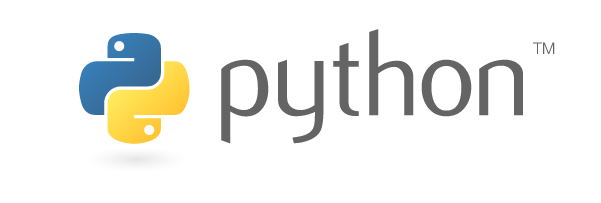The #FIWARESmartFest. From 8-10 June, is a three days online event with >100 speakers from around the globe, and 35 hours “live on air” sessions of exciting deep-dives showcasing the power of #opensource, outstanding use cases, trending topics in tech, the FIWARE Accelerator DAY, networking opportunities on AirMeet, and much more.
On June 9th 18:00 CEST we will hold the Smart Data Models session with these speakers (alpha order):
- Alberto Abella (Data modeling Expert, FIWARE Foundation)
- Gert De Tant. Chief Technical Architect. OASC
- Iván Dvojak. (Marketing Director, Tourism Posadas, Province of de Misiones, Argentina)
- Pierre Gauthier. (Chief API Architect at TMForum)
- Antonello Monti. (Director ACS / Chair Automation of Complex Power Systems at RWTH University)
- Abhay Sharma. (VP Engineering, IUDX Program Unit, SID, IISc)
Have a look and don’t forget to grab yourself a free ticket. https://bit.ly/3bcRn0E
#opensource #opendata #datamodels #AI #blogchain #digitaltwins #smartcities #smartindustry #smartenergy #smartagrifoodindustry #smartwatermanagement #gaiax #smartdata #datasovereignty #dataspaces
There is a panel during the session and we expect that one or two questions could come from the attendants, or you can send it now at info@smartdatamodels.org
Coming soon the detailed contents of the session.





